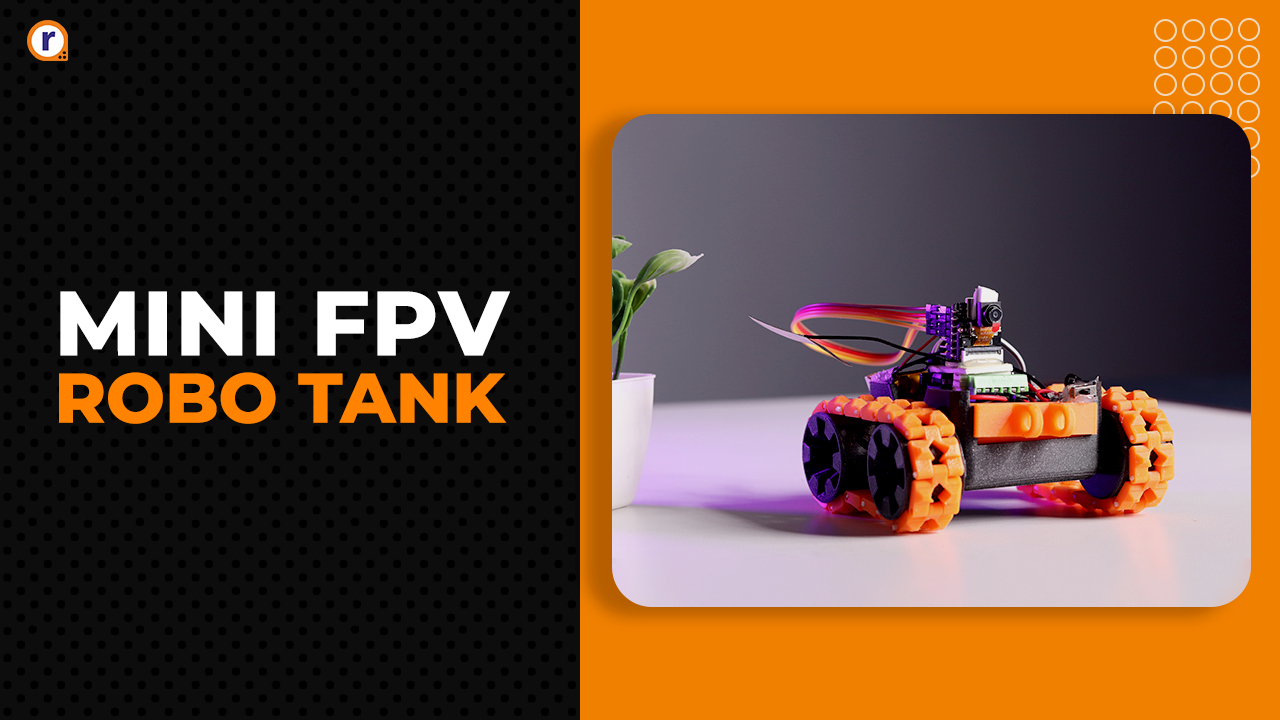Unlocking the Potential of RealSense Technology: A Comprehensive Guide
In the rapidly evolving world of technology, depth-sensing capabilities have become a game-changer. RealSense technology, developed by Intel, has taken center stage by introducing advanced depth perception and computer vision

In the rapidly evolving world of technology, depth-sensing capabilities have become a game-changer. RealSense technology, developed by Intel, has taken center stage by introducing advanced depth perception and computer vision capabilities. Whether you’re exploring robotics, AR/VR, or even home automation offers an array of features that cater to diverse applications.
This blog provides a detailed overview of RealSense technology, its applications, benefits, and how businesses and developers can leverage it to unlock new opportunities.
What is RealSense Technology?
Intel’s RealSense technology is a suite of depth-sensing cameras and software that empower devices to perceive and interact with their environments. Unlike traditional cameras, These cameras can capture 3D images and spatial data, enabling advanced applications in robotics, augmented reality (AR), virtual reality (VR), and more. At the heart of this technology lies its depth perception. By combining active infrared (IR) sensors, stereo depth cameras, and computer vision software, cameras can map the physical world in three dimensions with precision.Key Features of RealSense Technology
- Depth Sensing
- Infrared Sensing
- Facial Recognition
- Motion Tracking
- Small Form Factor
Applications of RealSense Technology
- Robotics
- Augmented and Virtual Reality
- Healthcare
- Gaming
- Home Automation
- 3D Scanning
How Does RealSense Work?
RealSense technology combines hardware and software to capture depth and spatial data. Here’s how it works- Stereo Depth Sensing
- Active IR Sensing
- SLAM Algorithms
- RealSense SDK
Popular RealSense Products of Intel
- Intel RealSense Depth Camera D435
- Features: Wide field of view, high frame rate, and compatibility with various platforms.
- Applications: Robotics, AR/VR, and 3D scanning.
- Intel RealSense Depth Camera D455
- Features: Longer range and improved accuracy compared to the D435.
- Applications: Autonomous navigation, large-scale 3D mapping, and industrial applications.
- Intel RealSense LiDAR Camera L515
- Features: High-resolution depth sensing using LiDAR technology.
- Applications: Warehouse automation, inventory management, and healthcare.
- Intel RealSense Tracking Camera T265
- Features: Optimized for SLAM, this camera is ideal for applications requiring precise motion tracking.
- Applications: Drone navigation, AR/VR headsets, and robotic applications.
Advantages of RealSense Technology
- Enhanced User Interaction
- Improved Efficiency
- Versatility
- Compact and Lightweight
- Cost-Effective
How Businesses Can Benefit from RealSense
- Boosting Productivity with Automation
- Enhancing Customer Experience
- Improving Security
- Innovating in Healthcare
Challenges in Adopting RealSense Technology
Despite its numerous benefits, We Know that technology does come with certain challenges- High Initial Investment
- Technical Complexity
- Limited Outdoor Performance
Future of RealSense Technology
The potential of this technology is vast. As artificial intelligence (AI) and machine learning (ML) continue to advance, These cameras are expected to become smarter and more efficient. Future developments may include- Integration with AI
- 5G Connectivity
- Improved Outdoor Capabilities
- Broader Adoption
Getting Started with RealSense Technology
If you’re a developer or business looking to integrate RealSense technology, here’s a step-by-step guide- Choose the Right Camera
- Install the SDK
- Develop Your Application
- Test and Deploy
Conclusion
This Intel's technology is revolutionizing the way devices perceive and interact with their surroundings. With its advanced depth sensing, motion tracking, and AI capabilities, opens up new possibilities for industries ranging from robotics to healthcare. While challenges exist, the benefits far outweigh the drawbacks, making a worthwhile investment for businesses and developers alike. As technology continues to evolve, This will undoubtedly play a pivotal role in shaping the future of computer vision and depth-sensing applications. Whether you’re an innovator or an entrepreneur, embracing technology could be the key to staying ahead in today’s competitive landscape.Here are Some FAQs
- What makes Them unique?
- Can These cameras be used outdoors?
- Are These cameras compatible with all operating systems?
- How does it enhance AR/VR experiences?







